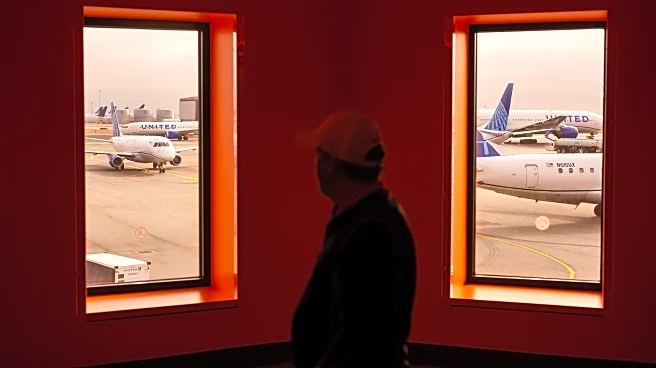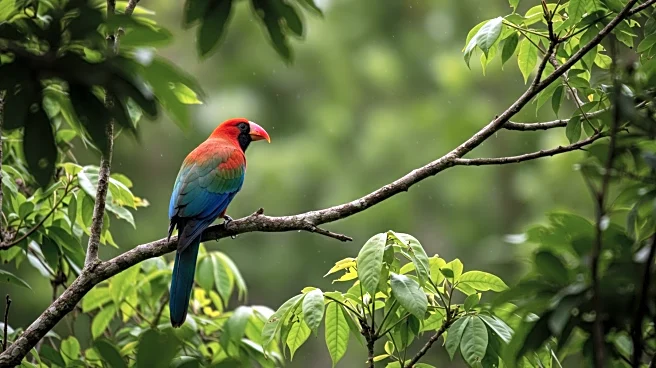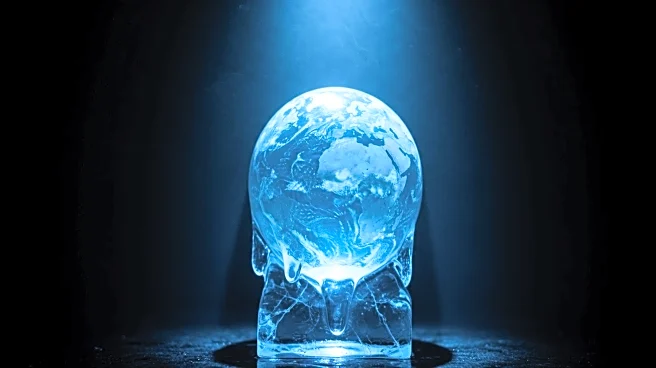Rapid Read • 6 min read
The Arctic region is experiencing unprecedented warming, leading to the thawing of permafrost and the release of greenhouse gases like carbon and methane. This phenomenon, known as Arctic greening, results in increased vegetation as more soil becomes available due to rising temperatures. Simone Lang, an Arctic terrestrial biologist at the University Centre in Svalbard, is involved in the International Tundra Experiment, which studies the impacts of this greening. While increased vegetation can temporarily insulate and protect permafrost, Lang emphasizes that this effect is insufficient to counteract the rapid warming occurring in the Arctic, which is happening nearly four times faster than in other regions.
AD
The thawing of Arctic permafrost has significant implications for global climate change, as it releases large amounts of greenhouse gases that contribute to global warming. The rapid warming in the Arctic could accelerate climate change, affecting weather patterns, sea levels, and ecosystems worldwide. The inability of Arctic greening to mitigate these effects highlights the urgent need for comprehensive climate action. The situation underscores the importance of international cooperation in addressing climate change and the potential consequences of inaction, which could lead to more severe environmental and economic impacts globally.
AD
More Stories You Might Enjoy











